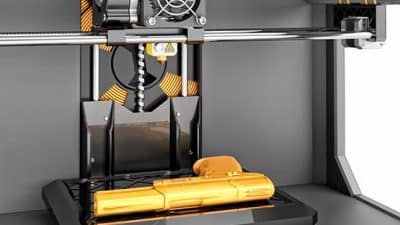
I want you to be your best friend armed with knowledge. I had learned a valuable lesson this month and I hope you can learn from my misfortune. Caregivers and those with medical needs especially need to know this. My new event occurred this month where I could not “sit” without pain that grew with intensity every day.
The pain that evening was unbearable, so off to the ER I went. I went through all the indignation and severe pain of the exam. The ER Doctor could not find any
physical findings except for fever and sensitive areas (ahem).
Off to CAT scan…..First one was without resolution and it showed a pocket of something. The next was with resolution and it showed an internal abscess. The surgeon was called in. I am telling you this as your medical condition may not be known to the surgeon, ER Doc, CAT Scanner techs or Anesthesiologists. I am usually a very well informed man, but when you are in pain, you forget quite a lot as dates and medicines go.
Did you know Metformin or Glipizide used for a Type II Diabetic can be deadly when mixed with the dye in CAT scans? Read about it folks. You also can not take diabetic oral medication for 3 days after the dye is injected.
One medication, Coumadin/Warfarin is a blood thinner which makes for risky surgery. All medical personnel need to know this.
I underwent general anesthesia and I paid for it as the breathing tube they installed and removed before recovery caused bleeding issues.
Information was also “lost” between ER and my assigned floor. The floor nurse only had in the charts my emergency surgery intake. No where on the admit form was my stroke survivor issues and my left side was in New York while my body was in Virginia. No orders to maintain me on my other meds were written from the ER also. I had to advocate for myself. I don’t want you to ever have to do this. I do not give up because I have “attitude”.
Where is Chris going with this? Please read and take my suggestion. How do the ER’s know you have health issues if you are unconscious/ in pain /stroke memory associated with mistaken meds you might give. Most of us have seen the metal tags
with the Snake Red Cross label and the wrist bracelets. They are good for usually one engraving. For me, please bring me out a stone tablet. My meds scare me more than my stroke issues. So what do we do? If you have a caregiver, they might forget as they fear and love for us. How about the caregiver? Who is going to advocate for them? Let’s figure this one out friends. What do hospitals have to log your visit?
Computers are what they have. How can “you”, the patient, get the best medical care from your visit? Here you go my favorite people. Flash Drives is the answer. What is a flash drive? It is a small computer “Hard Drive” (Stores Information) that is easy to take with you anywhere.
This hard drive just plugs in the front of your computer and allows you to put memory in it and it’s portable. It weighs no more than a pack of gum and is just as light.
So you have the Flash Drive plugged in and you open up a program, such as”Word” and start your life story. One subject for each page and then save it to the Flash Drive.
A suggestion for one page to store can be labeled “Personal Info”. You can type your name, address, phone number, person to be notified (not just one) and even your physicians. Page two can be labeled Medical Conditions such as strokes, stroke date, prior surgeries, and diabetes. The next page can be your medications and dosages, who prescribed them and why you are taking each medication. The more information you can provide, the better for your outcome in any situation. Because it is on a flash drive, if you need to update “anything”, all you have to do is plug the flash drive in and just change your entry. Simple dimples.
Now these flash drives can be stored a number of ways, please refer to my you tube video I made for you. This was made under adverse condition because I was just released home. http://www.youtube.com/watch?v=LaFfKvpYKKg&feature=channel_page
Now in this video I demonstrate a cheap way to keep a flashdrive. Here are some suggestions to not be cheap. A flash drive runs 8-12 dollars and a nylon chain for you neck or a pocket protector I have found to be around 5 dollars. Cheap insurance huh? Flash Drives can be found at any location that sells computers.
http://www.mcphee.com/items/11797.html
http://www.staples.com/office/supplies/StaplesSearch?searchkey=flash+drives&storeId=10001&catalogId=10051&langId=-1&fromUrl=home
http://www.storesmart.com/Merchant2/merchant.mvc?Screen=CTGY&Category_Code=FlashDrive
http://www.walmart.com/search/search-ng.do?search_constraint=0&ic=48_0&search_query=flash+drives&Find.x=26&Find.y=12
These are example sites. Go wild, check others out.
So if you go to the hospital, just hand them your flashdrive…Then they have it all.
When you go to the floor assignment, give the floor nurse the flashdrive to see if the ER gave them all the information. Don’t hear later, “Gee, if we only knew that…” or “Golly Miss Molly, why did he/she not tell us”…..It’s you and there is only one you, stay on it my friends. Best Wishes.
– Column by Chris DeWald










